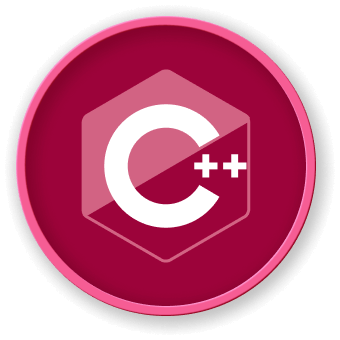Safe Manipulation
Introduction to Safe String Manipulation
Safe string manipulation is crucial for preventing memory-related vulnerabilities and ensuring robust code execution in C++ applications.
Safe Manipulation Strategies
graph TD
A[Safe String Manipulation] --> B[Boundary Checking]
A --> C[Memory Management]
A --> D[Error Handling]
A --> E[Defensive Programming]
Key Safe Manipulation Techniques
1. Using Standard Library Methods
#include <string>
#include <algorithm>
class StringSafeManipulator {
public:
// Safe substring extraction
static std::string safeSubstring(const std::string& input,
size_t start,
size_t length) {
return input.substr(
std::min(start, input.length()),
std::min(length, input.length() - start)
);
}
// Safe string trimming
static std::string safeTrim(std::string input) {
input.erase(0, input.find_first_not_of(" \t\n\r\f\v"));
input.erase(input.find_last_not_of(" \t\n\r\f\v") + 1);
return input;
}
};
2. Defensive Copy Techniques
class SafeCopyManager {
public:
// Safe deep copy with boundary protection
static std::string safeCopy(const std::string& source,
size_t maxLength = std::string::npos) {
return source.substr(0, std::min(source.length(), maxLength));
}
};
Safe Manipulation Patterns
| Technique |
Description |
Safety Benefit |
| Bounds Checking |
Validate indices before access |
Prevents buffer overflows |
| Deep Copying |
Create independent string copies |
Avoids unintended modifications |
| Defensive Initialization |
Initialize with known states |
Reduces unexpected behavior |
Advanced Safe Manipulation
Memory-Safe String Operations
#include <memory>
#include <string>
class AdvancedStringHandler {
public:
// Smart pointer-based safe string management
static std::unique_ptr<std::string> createSafeString(const std::string& input) {
if (input.empty()) {
return nullptr;
}
return std::make_unique<std::string>(input);
}
// Safe string concatenation
static std::string safeConcatenate(const std::string& str1,
const std::string& str2,
size_t maxLength = 1000) {
std::string result = str1 + str2;
return result.substr(0, std::min(result.length(), maxLength));
}
};
Error Handling Strategies
graph TD
A[Error Handling in String Manipulation] --> B[Exception Handling]
A --> C[Null Checks]
A --> D[Boundary Validation]
A --> E[Graceful Degradation]
Best Practices
- Always validate input before manipulation
- Use standard library methods for safe operations
- Implement boundary checks
- Prefer immutable string operations
- Use smart pointers for dynamic string management
Complete Safe Manipulation Example
#include <iostream>
#include <string>
#include <stdexcept>
class LabExStringManager {
public:
static std::string processString(const std::string& input) {
// Comprehensive safe manipulation
if (input.empty()) {
throw std::invalid_argument("Empty input string");
}
// Safe transformation
std::string processed = input;
// Boundary-safe operations
if (processed.length() > 100) {
processed = processed.substr(0, 100);
}
return processed;
}
};
int main() {
try {
std::string result = LabExStringManager::processString("LabEx Safe String Manipulation");
std::cout << "Processed: " << result << std::endl;
} catch (const std::exception& e) {
std::cerr << "Error: " << e.what() << std::endl;
}
return 0;
}
This section provides comprehensive techniques for safe string manipulation in C++, emphasizing robust and secure programming practices.




